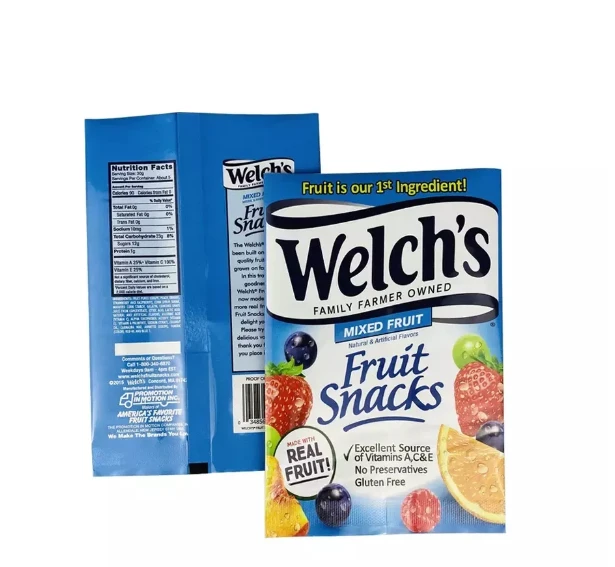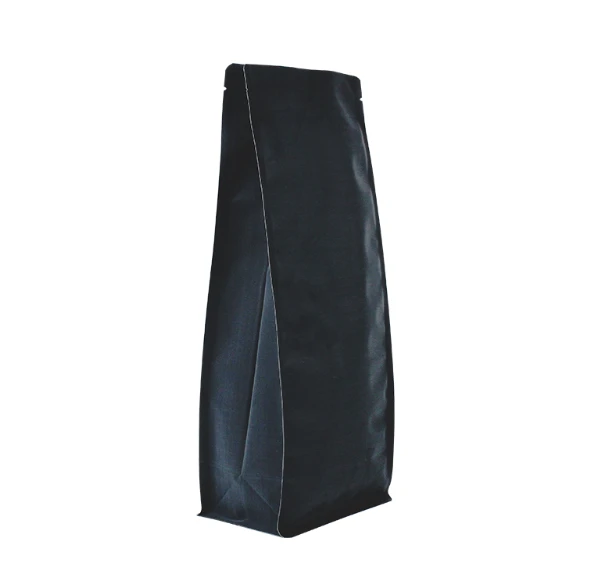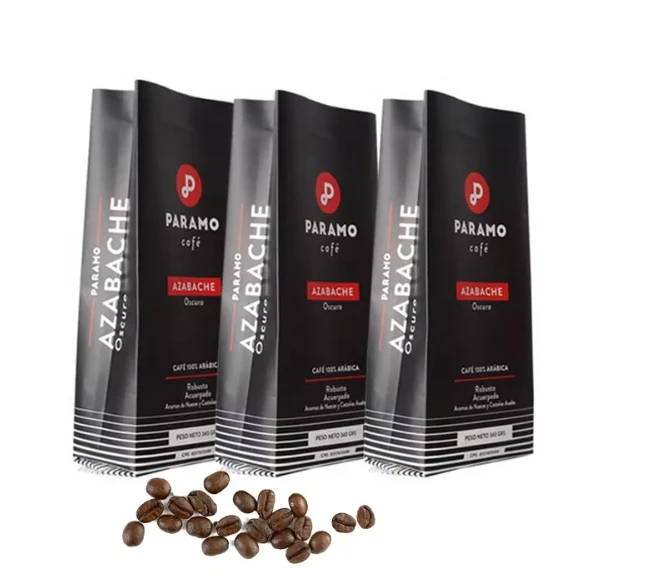Email: enid@bc-pak.com
Tel: 86-757- 88811186
- Afrikaans
- Albanian
- Amharic
- Arabic
- Armenian
- Azerbaijani
- Basque
- Belarusian
- Bengali
- Bosnian
- Bulgarian
- Catalan
- Cebuano
- chinese_simplified
- chinese_traditional
- Corsican
- Croatian
- Czech
- Danish
- Dutch
- English
- Esperanto
- Estonian
- Finnish
- French
- Frisian
- Galician
- Georgian
- German
- Greek
- Gujarati
- haitian_creole
- hausa
- hawaiian
- Hebrew
- Hindi
- Miao
- Hungarian
- Icelandic
- igbo
- Indonesian
- irish
- Italian
- Japanese
- Javanese
- Kannada
- kazakh
- Khmer
- Rwandese
- Korean
- Kurdish
- Kyrgyz
- Lao
- Latin
- Latvian
- Lithuanian
- Luxembourgish
- Macedonian
- Malgashi
- Malay
- Malayalam
- Maltese
- Maori
- Marathi
- Mongolian
- Myanmar
- Nepali
- Norwegian
- Norwegian
- Occitan
- Pashto
- Persian
- Polish
- Portuguese
- Punjabi
- Romanian
- Russian
- Samoan
- scottish-gaelic
- Serbian
- Sesotho
- Shona
- Sindhi
- Sinhala
- Slovak
- Slovenian
- Somali
- Spanish
- Sundanese
- Swahili
- Swedish
- Tagalog
- Tajik
- Tamil
- Tatar
- Telugu
- Thai
- Turkish
- Turkmen
- Ukrainian
- Urdu
- Uighur
- Uzbek
- Vietnamese
- Welsh
- Bantu
- Yiddish
- Yoruba
- Zulu
types of packaging machine
Views :
Update time : Feb . 12, 2025 21:30
Packaging machines play an indispensable role in the industrial landscape, offering varied solutions tailored to different product types, industry demands, and consumer preferences. Understanding the intricacies of different types of packaging machines—ranging from their functionalities to industry-specific applications—can provide deeper insights into selecting the right machine for any packaging need.
Blister packaging machines represent a niche yet essential segment within the packaging industry, predominantly used in pharmaceuticals and consumer goods. These machines create a tamper-evident seal, assuring consumers of product integrity. Recent innovations in blister packaging include cold and thermoforming technologies, providing enhanced adaptability for different material requirements and ensuring compliance with stringent pharmaceutical regulations. Lastly, the wrapping machines, covering both stretch and shrink wrapping, serve industries that prioritize protection during transit. These machines not only safeguard products from damage and dust but also enhance pallet stability, a feature highly valued in logistics and distribution sectors. The evolution of wrapping machines now includes automated systems equipped with load stabilization technology, ensuring that businesses can reduce shipping risks while optimizing labor efficiency. While exploring types of packaging machines, it's essential to consider three critical factors production volume, product characteristics, and industry-specific requirements. The synergy between modern technology and packaging machinery capabilities offers potential buyers assurance that their selected equipment will align with business objectives, regulatory compliance, and sustainability goals. In conclusion, the dynamic world of packaging machines reflects an intersection of engineering excellence, technological innovation, and market demand. Companies venturing into this sphere must prioritize collaborations with experienced manufacturers to not only gain access to cutting-edge technology but also leverage expert insights that drive informed decision-making. Proper selection and usage of the right packaging machine can lead to increased operational efficiency, minimized waste, and enhanced product appeal, thereby cementing a company’s competitive advantage in the global marketplace. With each type of packaging machine serving distinct needs, the future promises further innovation and adaptability, ensuring that industries can continue to meet evolving consumer expectations and regulatory standards robustly.
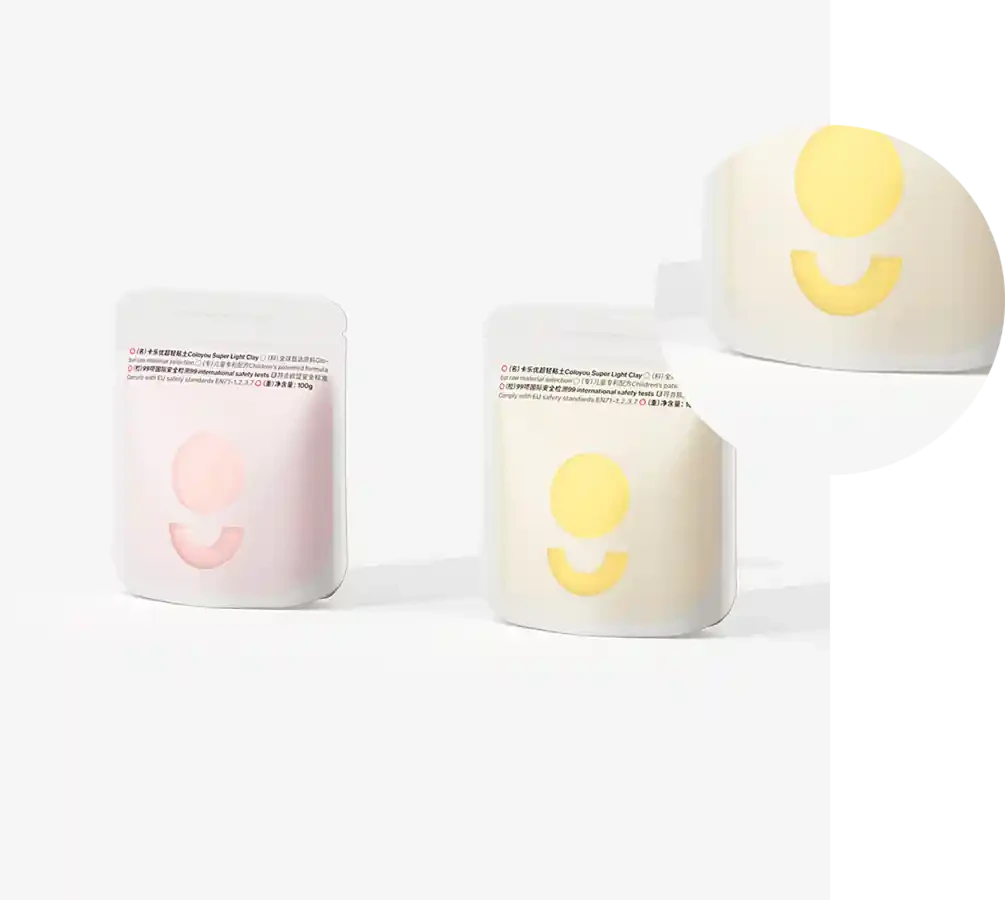
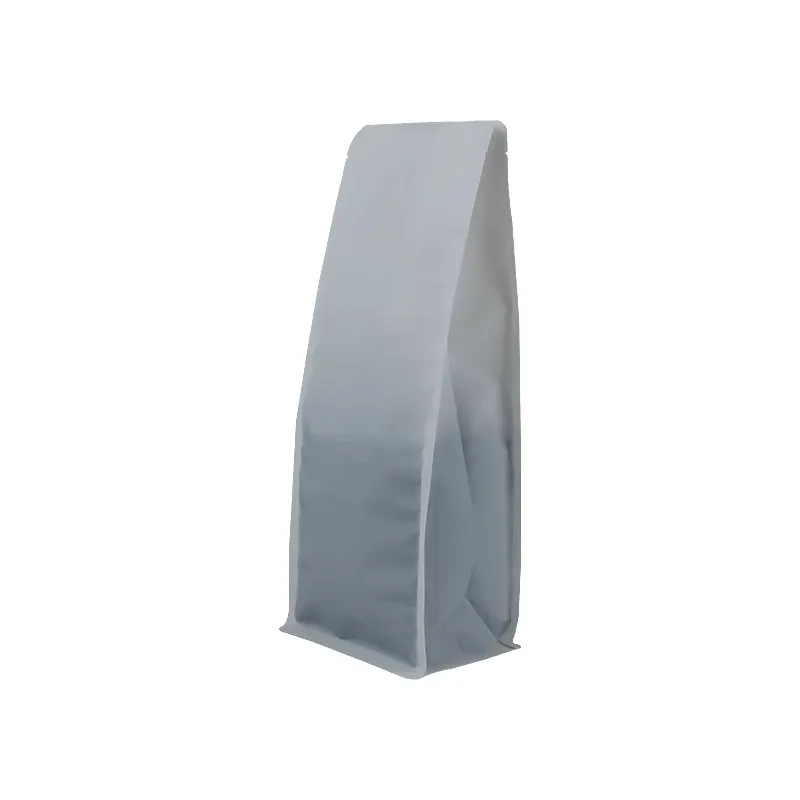
Blister packaging machines represent a niche yet essential segment within the packaging industry, predominantly used in pharmaceuticals and consumer goods. These machines create a tamper-evident seal, assuring consumers of product integrity. Recent innovations in blister packaging include cold and thermoforming technologies, providing enhanced adaptability for different material requirements and ensuring compliance with stringent pharmaceutical regulations. Lastly, the wrapping machines, covering both stretch and shrink wrapping, serve industries that prioritize protection during transit. These machines not only safeguard products from damage and dust but also enhance pallet stability, a feature highly valued in logistics and distribution sectors. The evolution of wrapping machines now includes automated systems equipped with load stabilization technology, ensuring that businesses can reduce shipping risks while optimizing labor efficiency. While exploring types of packaging machines, it's essential to consider three critical factors production volume, product characteristics, and industry-specific requirements. The synergy between modern technology and packaging machinery capabilities offers potential buyers assurance that their selected equipment will align with business objectives, regulatory compliance, and sustainability goals. In conclusion, the dynamic world of packaging machines reflects an intersection of engineering excellence, technological innovation, and market demand. Companies venturing into this sphere must prioritize collaborations with experienced manufacturers to not only gain access to cutting-edge technology but also leverage expert insights that drive informed decision-making. Proper selection and usage of the right packaging machine can lead to increased operational efficiency, minimized waste, and enhanced product appeal, thereby cementing a company’s competitive advantage in the global marketplace. With each type of packaging machine serving distinct needs, the future promises further innovation and adaptability, ensuring that industries can continue to meet evolving consumer expectations and regulatory standards robustly.
Recommend products
Read More >>
Related News
Read More >>





